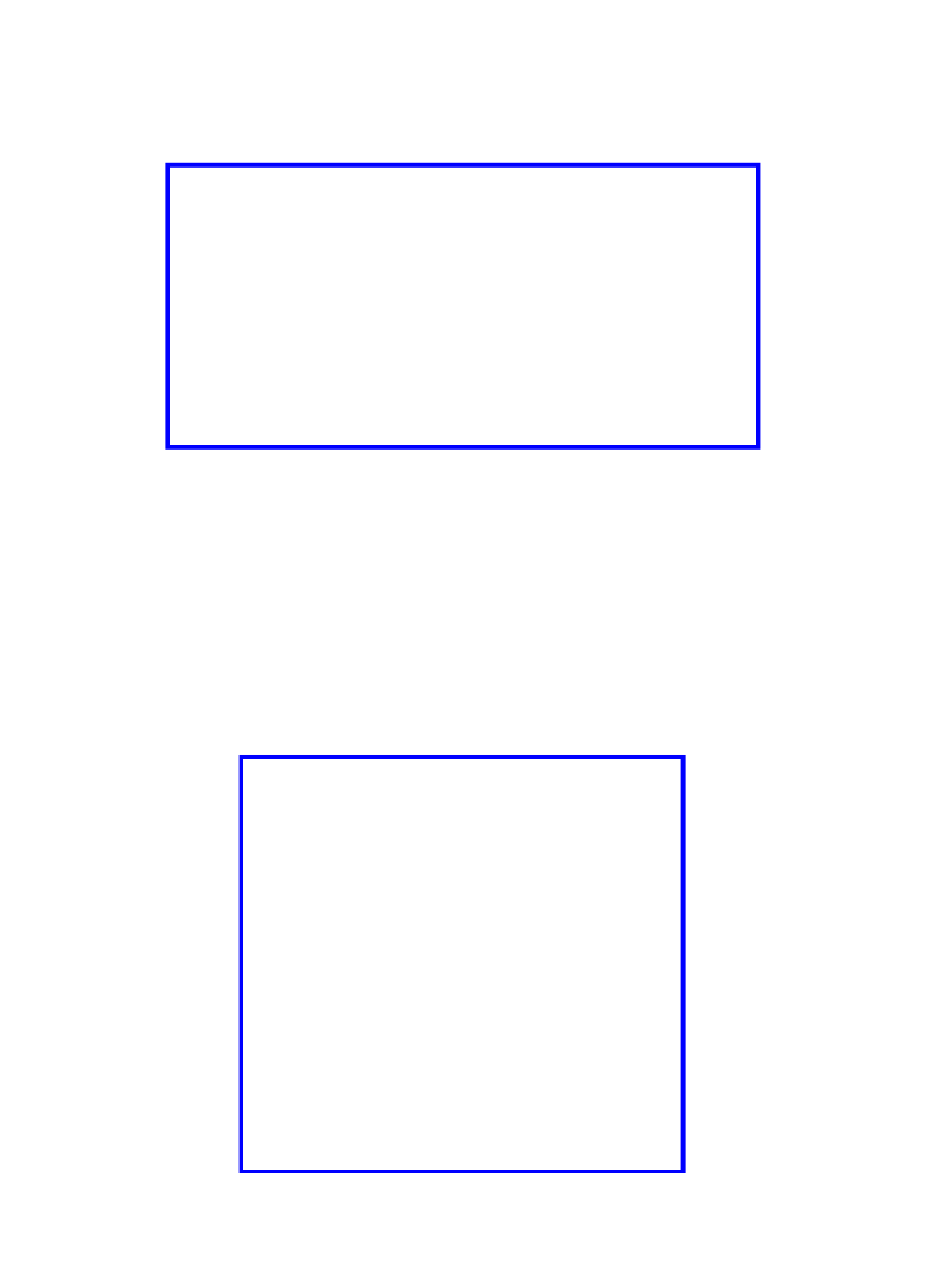Biomedical Engineering Reference
In-Depth Information
is identified to an antioxidant as a mixture, as shown in Figure 3(B). Thus, we esti-
mated the concentration of residual urea present in fresh U-DPNR from the intensity
of the peak at 3,450 cm
-1
, using a calibration curve made with the mixture of synthetic
cis
-1,4-polyisoprene with urea.
Figure 3.
(A) FTIR spectrums of fresh U-DPNR at various urea concentrations: (a) 0.05 wt% urea,
(b) 0.1 wt% urea, (c) 0.5wt% urea, and (d) 1.0 wt% urea; (B) FTIR spectrums of synthetic
cis
-1,4-
polyisoprene and its mixture (a) synthetic
cis
-1,4-polyisoprene, and (b) synthetic
cis
-1,4-polyisoprene
mixed with urea.
A plot of the concentration of the residual urea versus urea concentration is shown
in Figure 4. The residual urea increased as the urea concentration increased. Further-
more, the nitrogen content estimated from the concentration of the residual urea was
similar to that shown in
Figure 2.
Thus, the increase in nitrogen content of the depro-
teinized rubber was proved to be due to not only the mono- or dipeptides but also the
residual urea. In the present study, a suitable condition of urea for the deproteinization
was determined to be 0.1 wt%.
Figure 4.
Concentration of residual urea in fresh U-DPNRversus urea concentration.


Search WWH ::

Custom Search